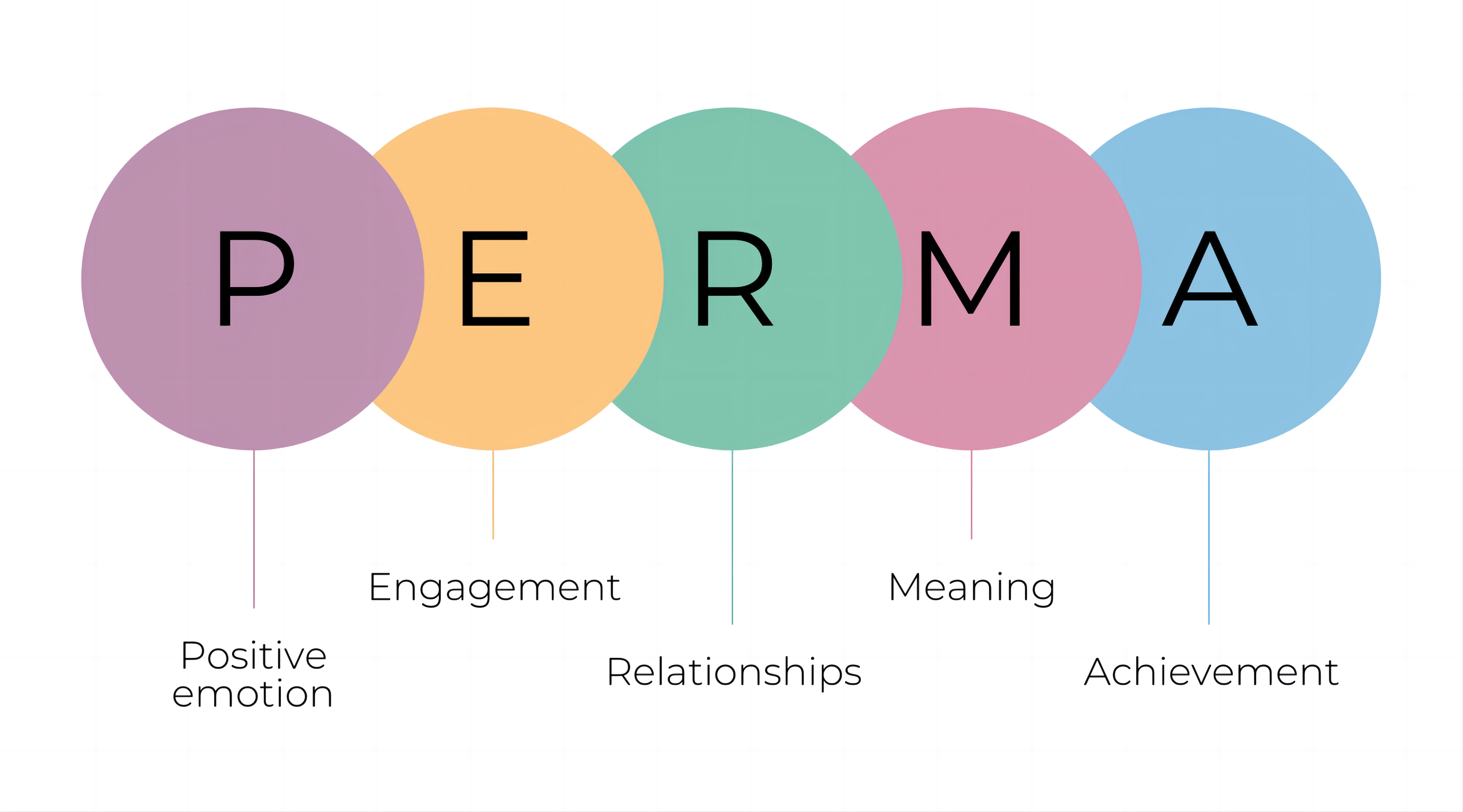
Throughout my two decades in education, I have experimented with a variety of approaches to assessment, including projects, models, debates, and traditional assessments. In the past two years I’ve been teaching high school online, and I’ve abandoned traditional tests in favor of more compassionate forms of assessment. My new favorite is the discussion assessment, and I hope I can inspire you to add it to your assessment toolbox whether you’re teaching online like me or in a classroom.
My first foray into discussion assessment involved the cellular energy unit in my biology course. Many students struggle to see the relevance of photosynthesis and cellular respiration and thus find the concepts overly challenging. I decided to experiment with discussion as a way to help students engage with the concepts on a deep level but also feel encouraged to explore, share understandings, and learn during the assessment process.
At a recent professional development session, I heard the phrase “compassionate assessment.” It was loosely defined as supportive, rather than punitive, assessment practices. My discussion assessment is compassionate, as it supports critical thinking, allows students to teach each other, and provides students an opportunity to master content. In the best discussions, students ask probing questions that take the class into new territory, and we all learn together. At the end, students have expressed how interesting and fun the class felt—something that never happens after traditional tests.
Start of newsletter promotion.
GETTING STARTED
To get started with discussion assessments, outline a few meaty questions before you begin your unit. For a class of 20–25 students, I find that six questions in a 90-minute period is the maximum. Start with those essential unit questions you want students to understand, and then branch out to some of your favorite extension topics that you will touch on, or hope students will want to explore. Students’ questions and work during the unit often inspire great discussion questions, so it’s OK to not be thoroughly backward-planned.
I like to tease these questions throughout the unit. Since I’m a science teacher, my units are driven by phenomena, so I am always coming back to the driving phenomenon we are working to explain. My students answer a lesson question each day (which I use instead of a traditional objective or learning target), so the idea of having layers of questions makes sense to them. When we finally arrive at the end of the unit, students are ready to synthesize their learning about the questions we’ve been working to answer.
IMPLEMENTATION
To have a successful and productive discussion, I give students a full class period to choose their questions and to start writing response outlines. We typically use a claim, evidence, and reasoning framework (you’ll want to teach this structure before the discussion prep, if necessary). I encourage students to find visuals to support their responses.
Allowing students choice over which question to answer is important; if we want students to show what they know, they must be able to choose the questions they understand the best. It’s also impossible for every student to share their thinking in response to all six questions, so limiting preparation to three or four questions helps. If possible, assign discussion preparation through your learning management system so you can track students’ preparation.
On the day of the discussion, students run the show, and you moderate. I begin by calling on a student and asking them to share their claim. I provide discussion starters to support productive talk and record student contributions in a spreadsheet.
Every student is called on for the questions they prepared, but students may participate in all questions. Students agree and disagree with each other, build on each other’s ideas, and ask clarifying and probing questions. When students express ideas that are incorrect, they help each other understand—and most important, no points are deducted. Students can only earn points during the discussion, which results in a wonderfully supportive experience for all members of the classroom community. The rubric I provide to students delineates how I score the quantity and quality of their participation and makes sure that each student is contributing to the discussion for all questions prepared.
DOCUMENTATION AND ADAPTATION
Students must take notes during the discussion. This not only holds them accountable for learning, it also results in notes that support the formal writing assessment I assign afterward, in which students choose one discussion question to respond to in a paragraph.
This written assessment makes the process more rigorous—adding a writing task allows students to synthesize what they learned in the discussion. I’ve found that this student writing is of much higher quality compared with short-answer responses on previous traditional assessments, which makes them more rewarding for me to evaluate.
But what about students who don’t prepare, don’t participate, or are absent? I simply turn the discussion questions into an alternative assessment and require that students choose two or three of them to respond to in paragraph form. This way, all students have the opportunity to demonstrate deep content knowledge and critical thinking. I always suggest that teachers try a new approach in their least favorite unit or the unit where previous projects or assessments have not worked out. Some additional teacher resources to inspire you include these discussion sentence stems and a discussion rubric, which you can adapt or modify for your class.



